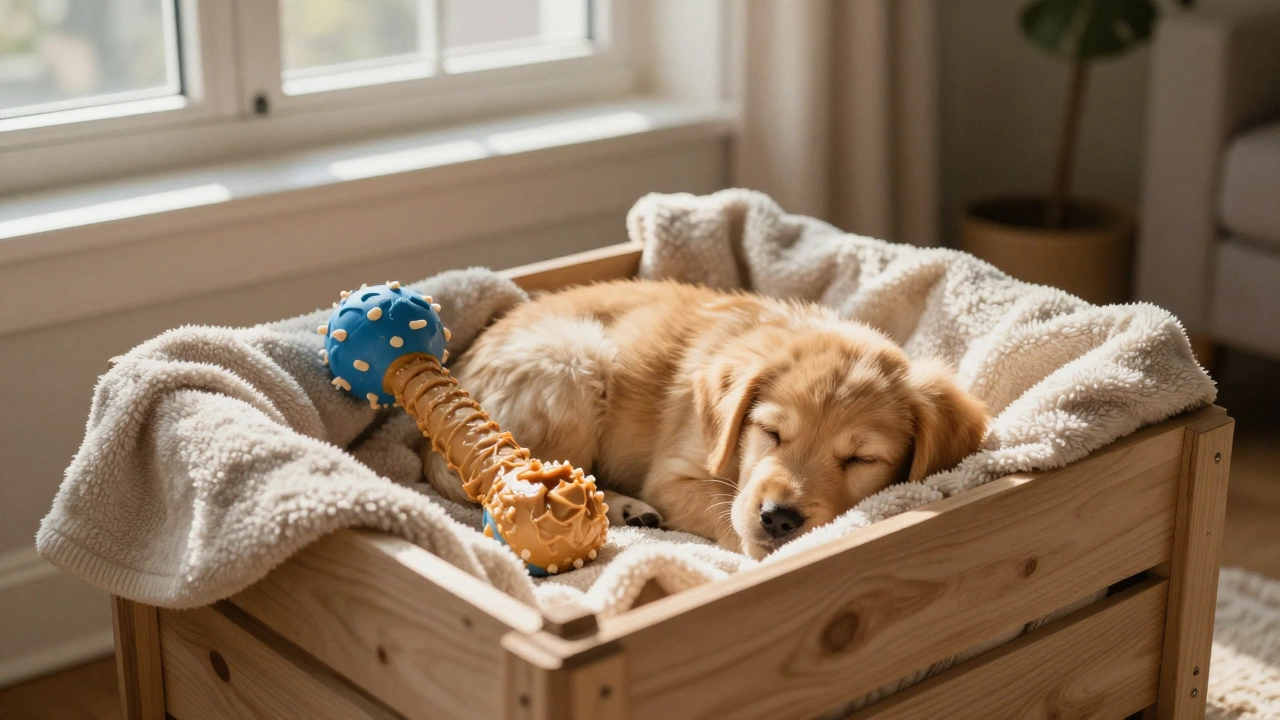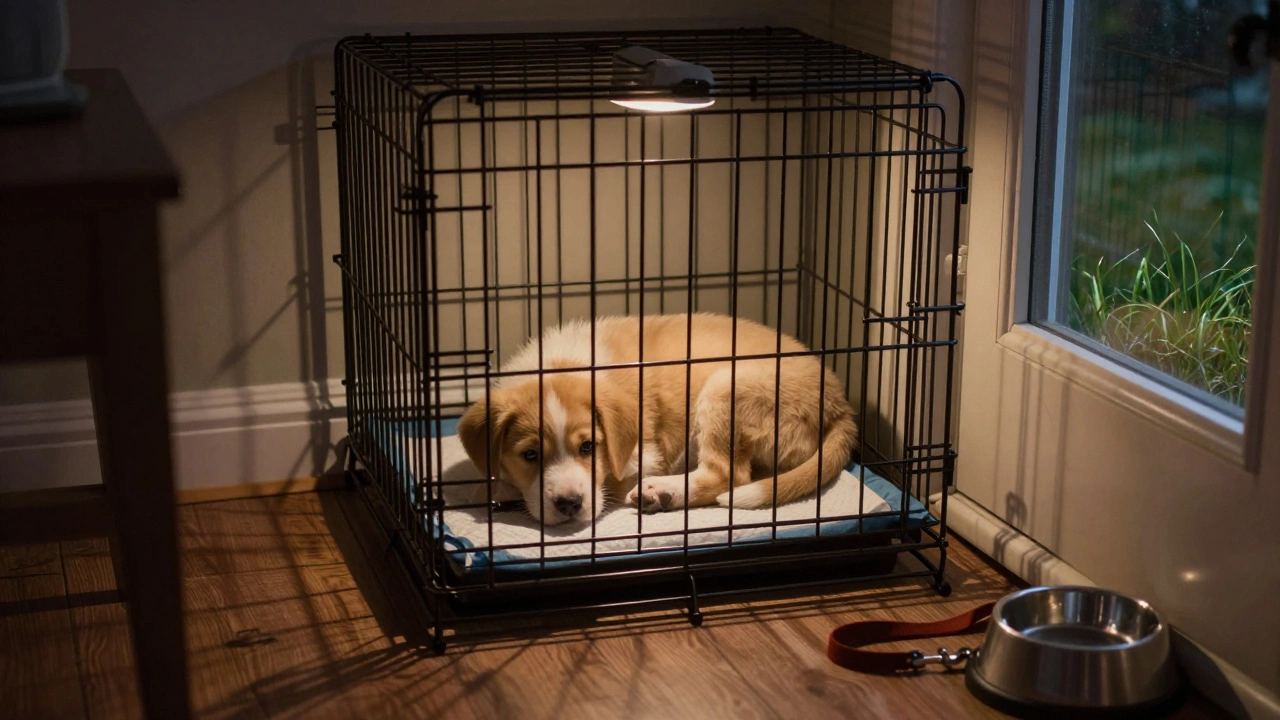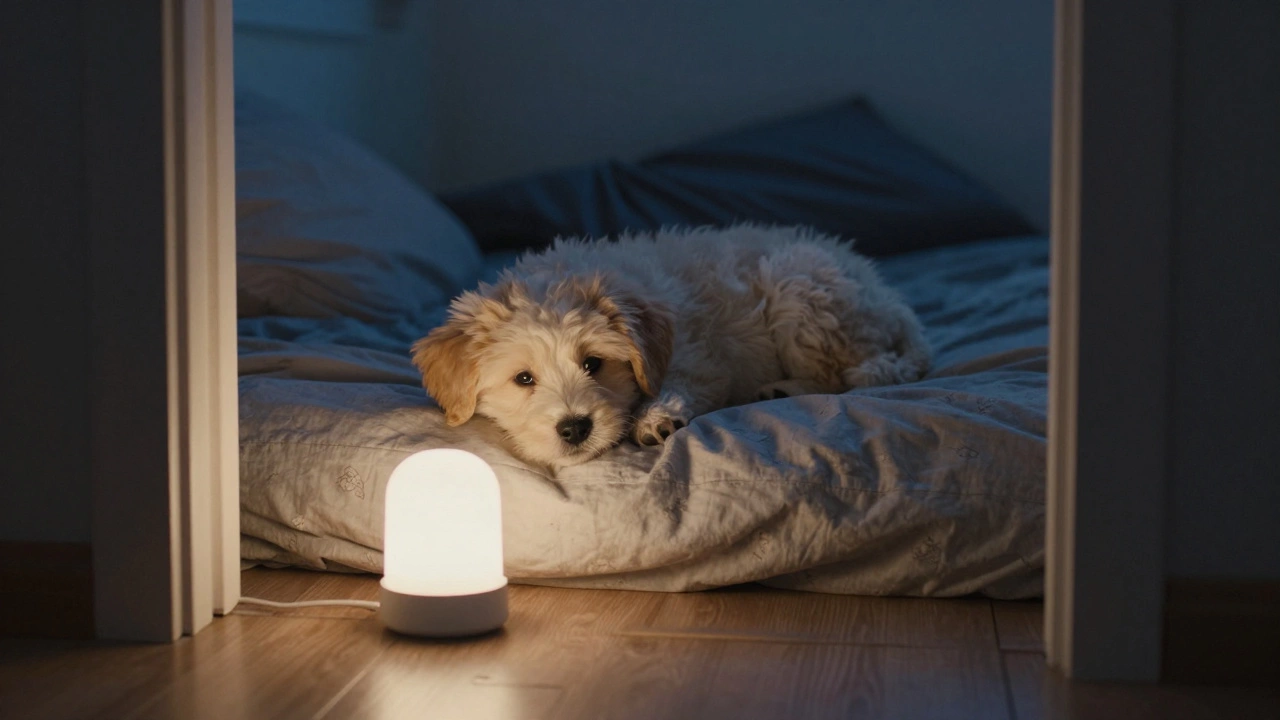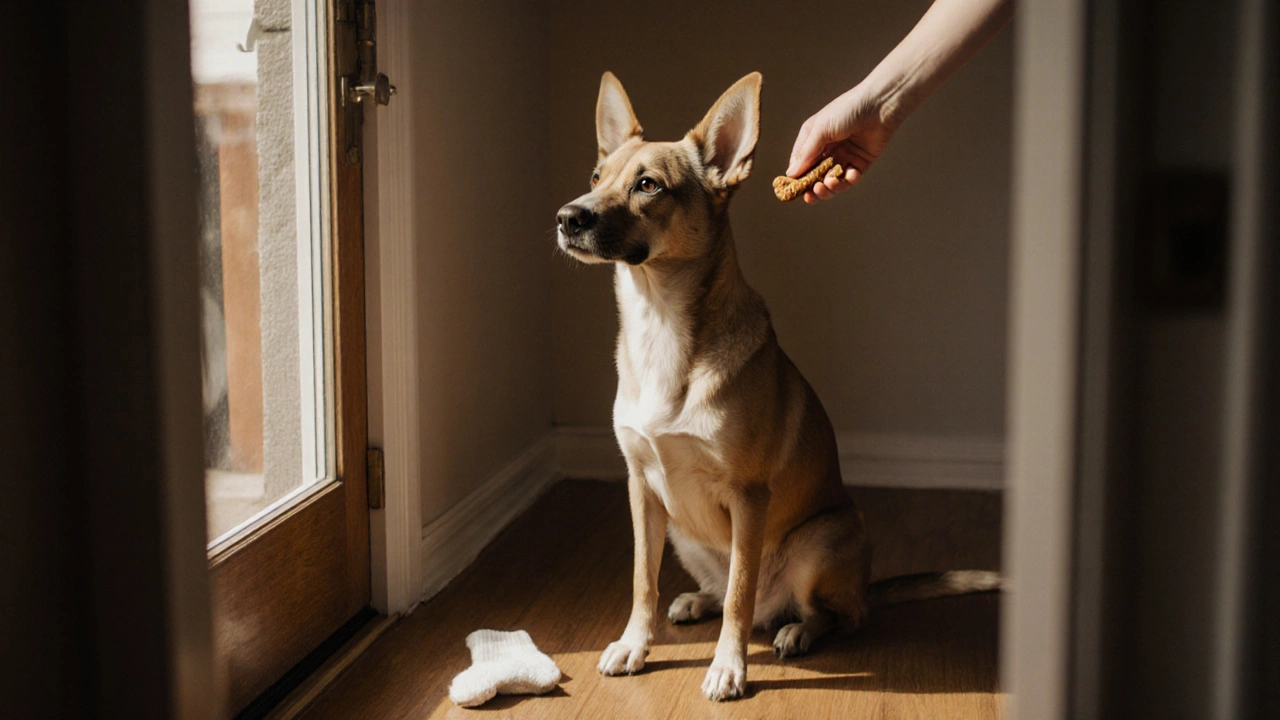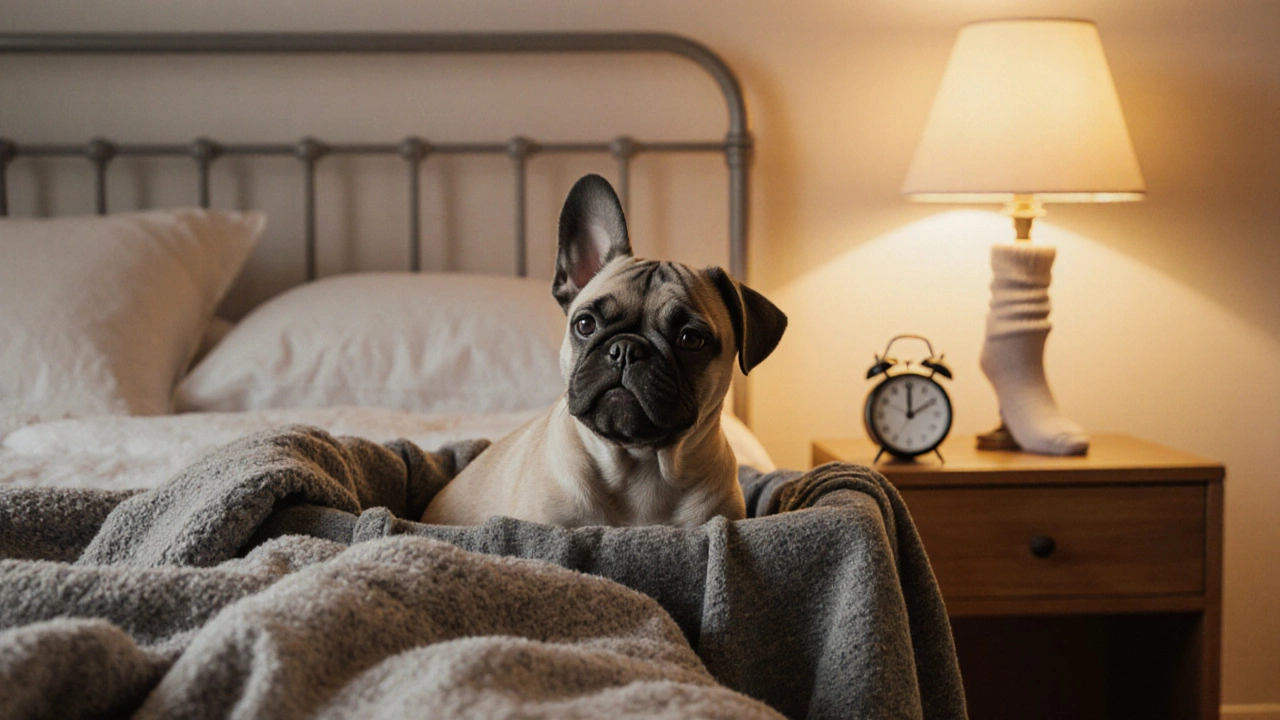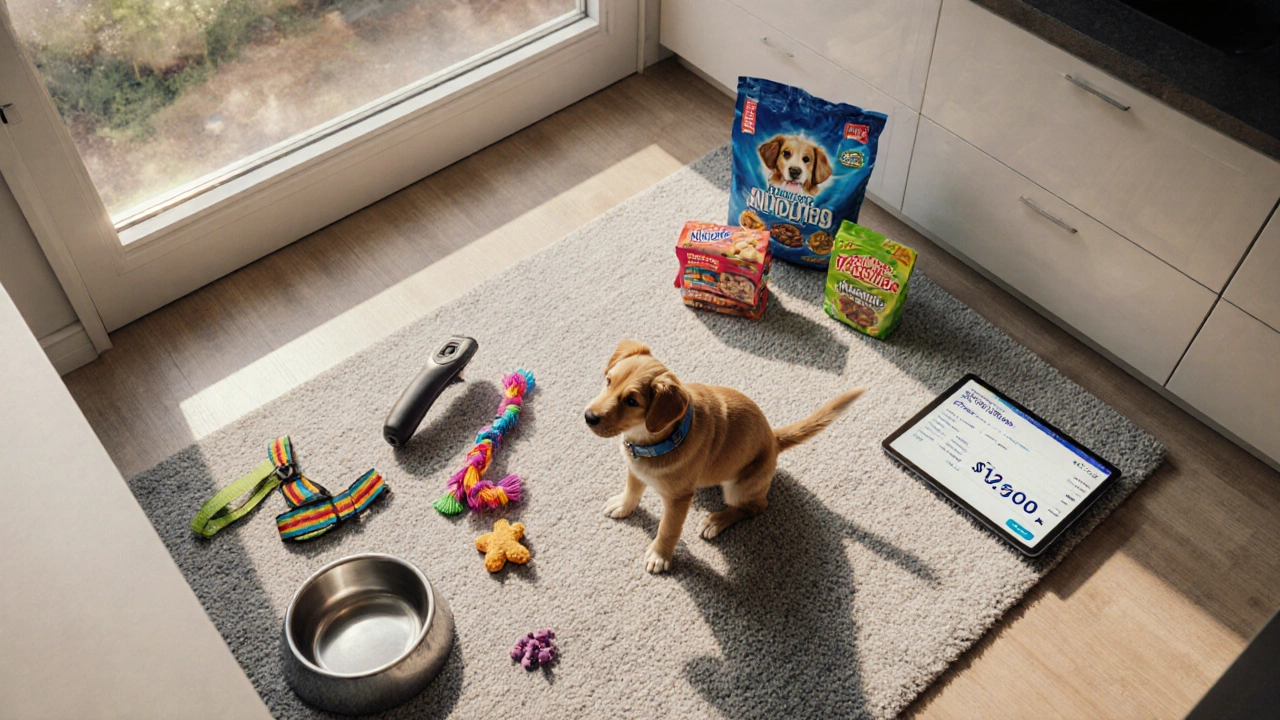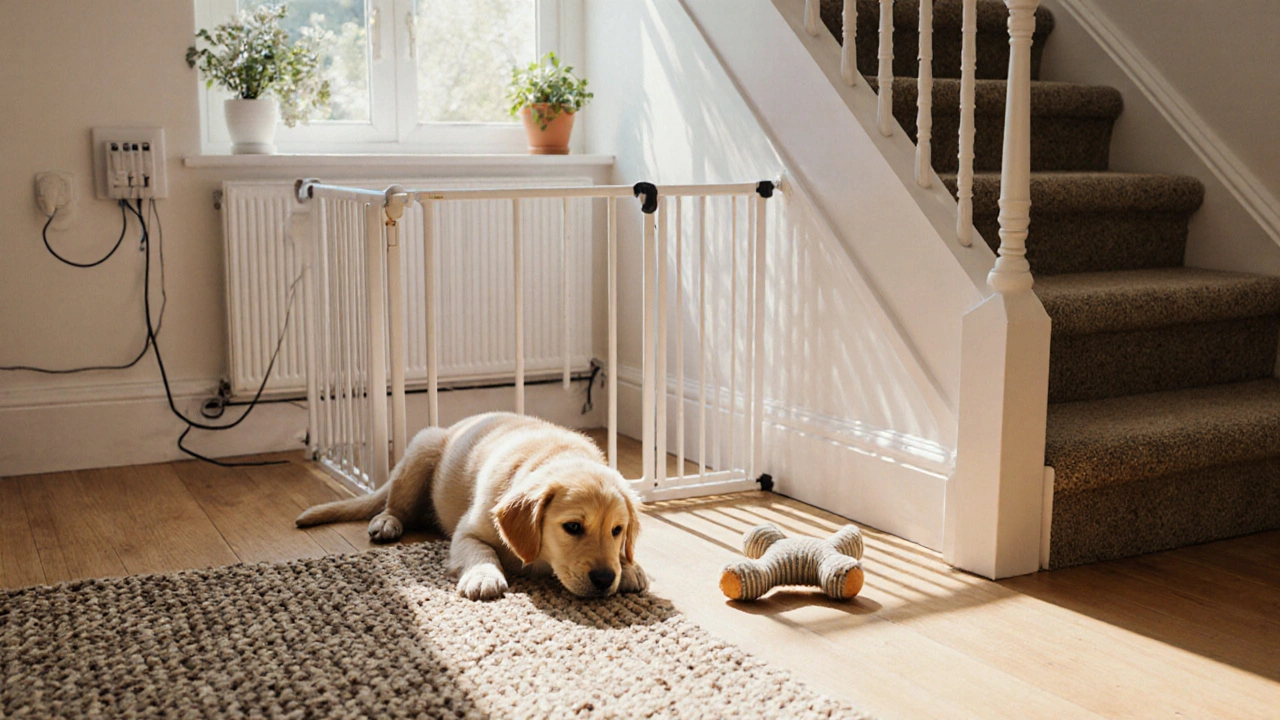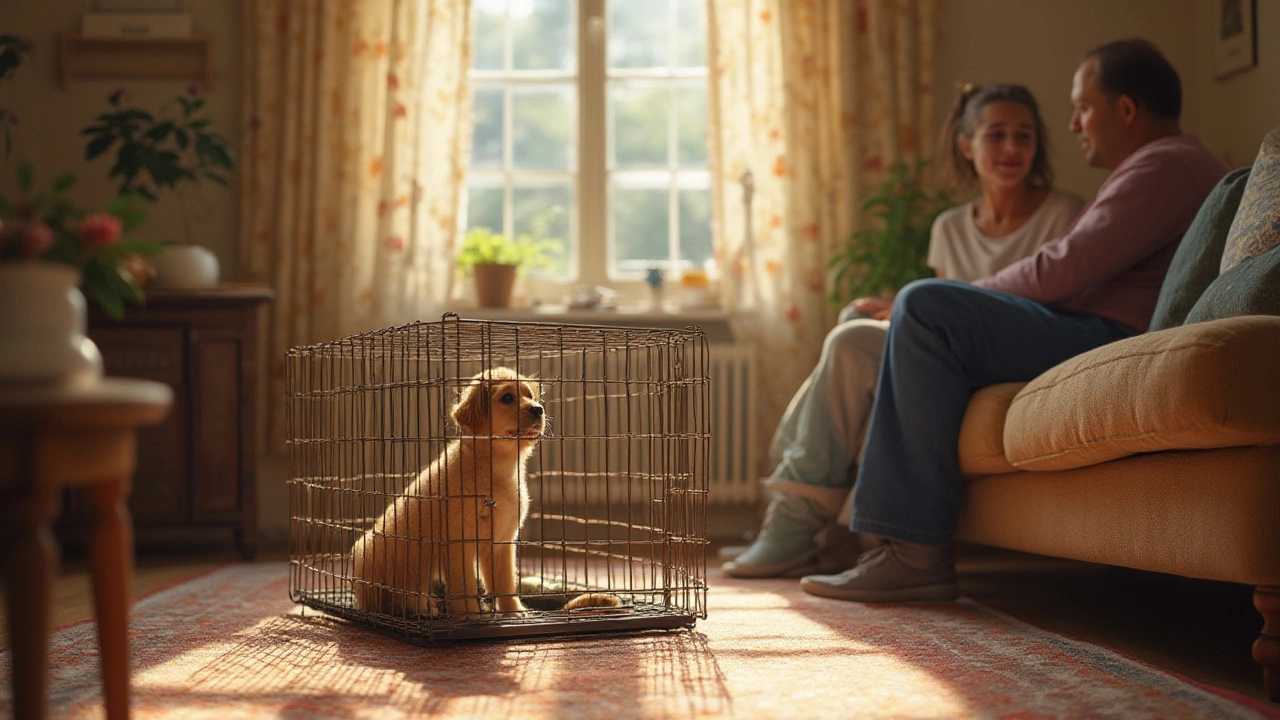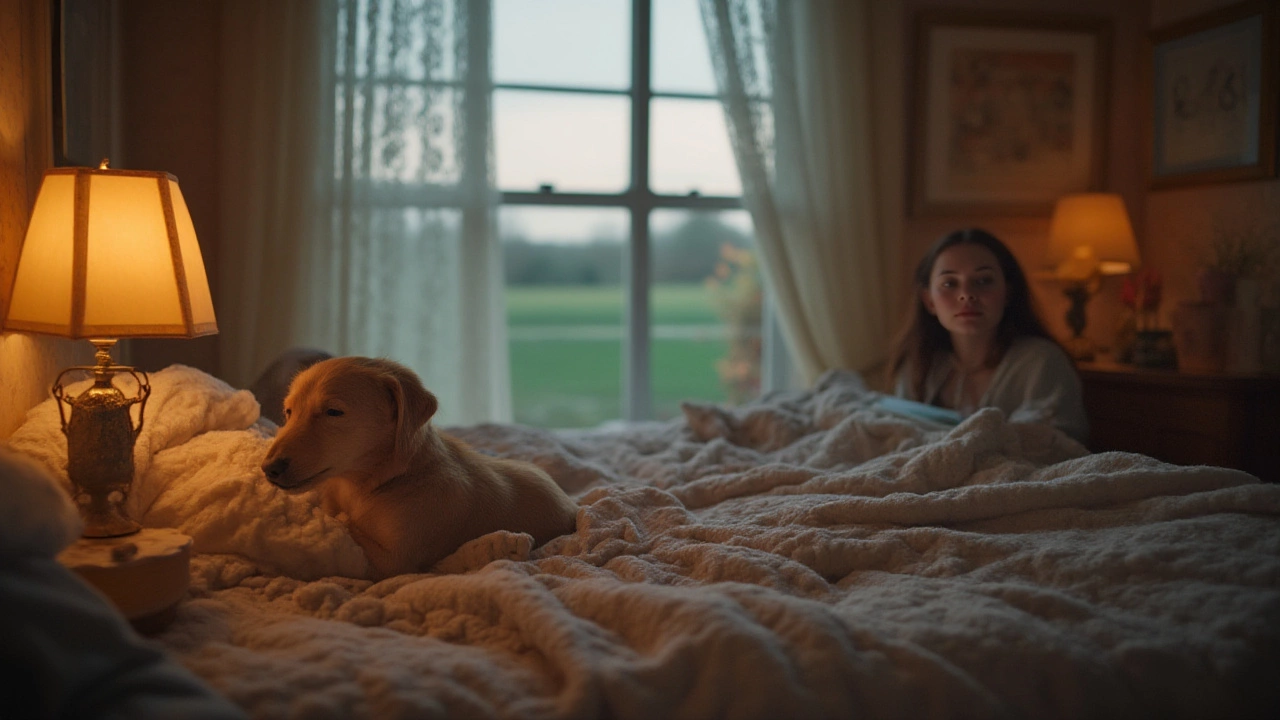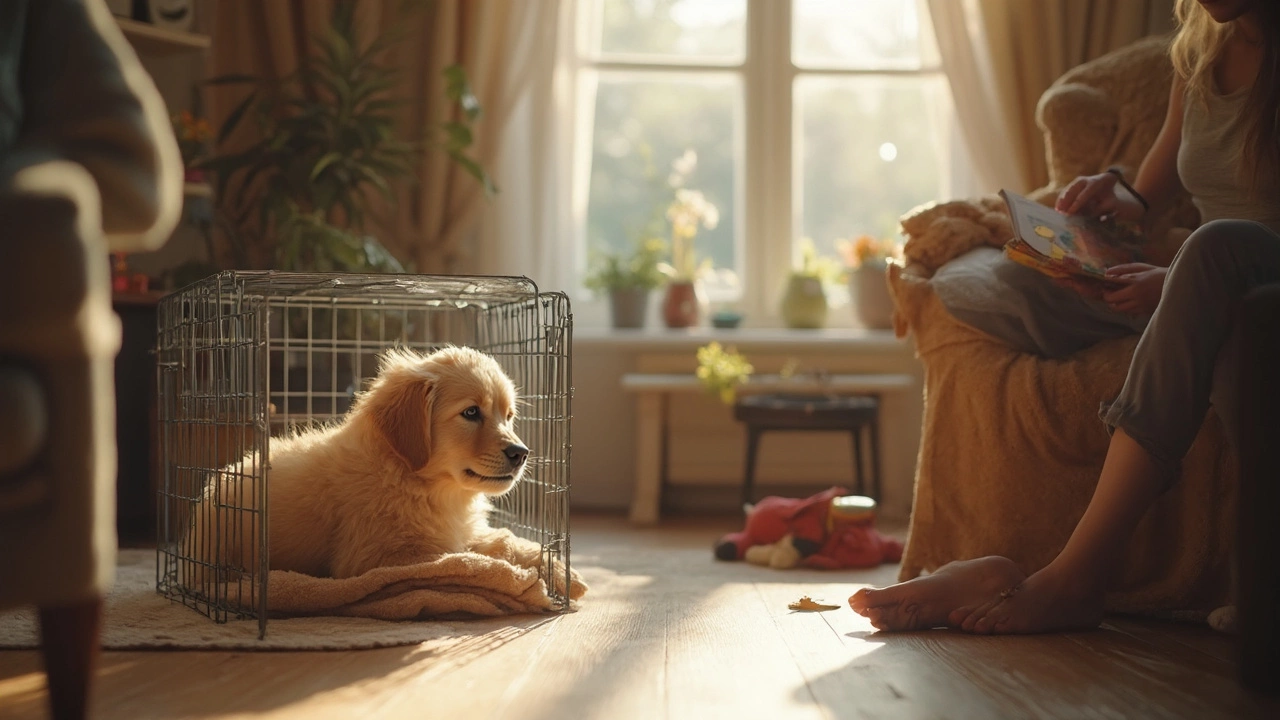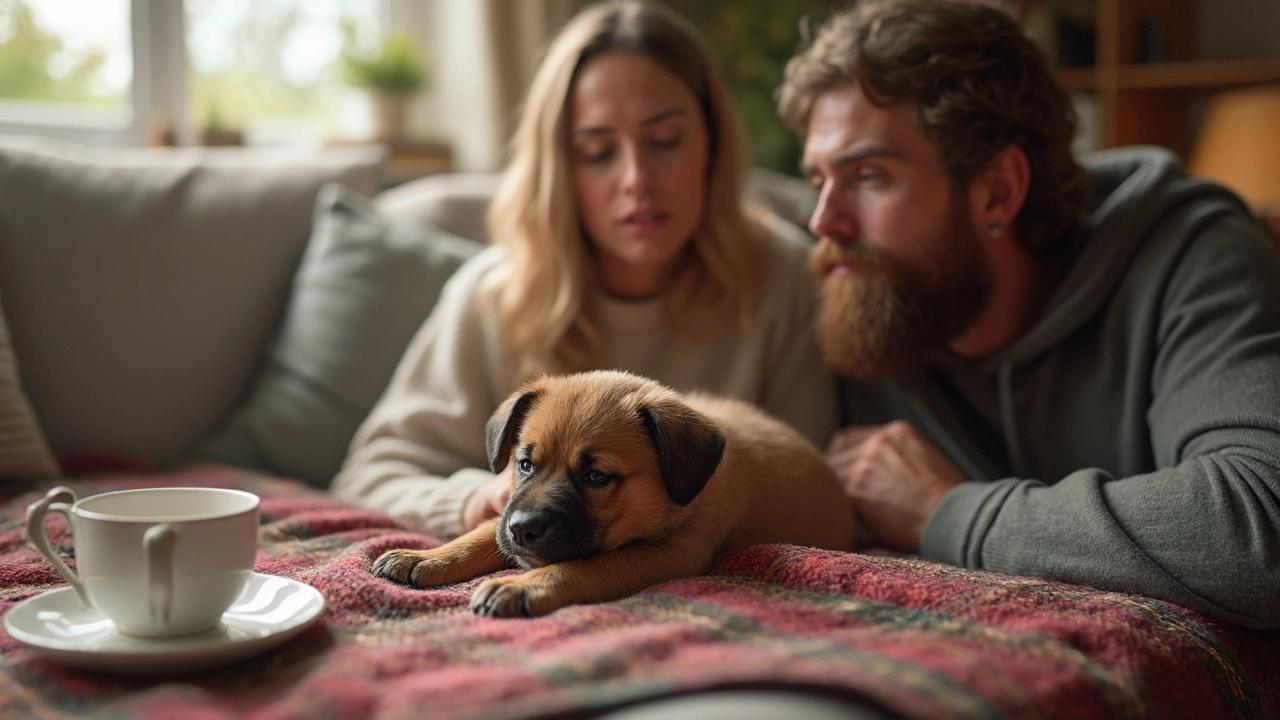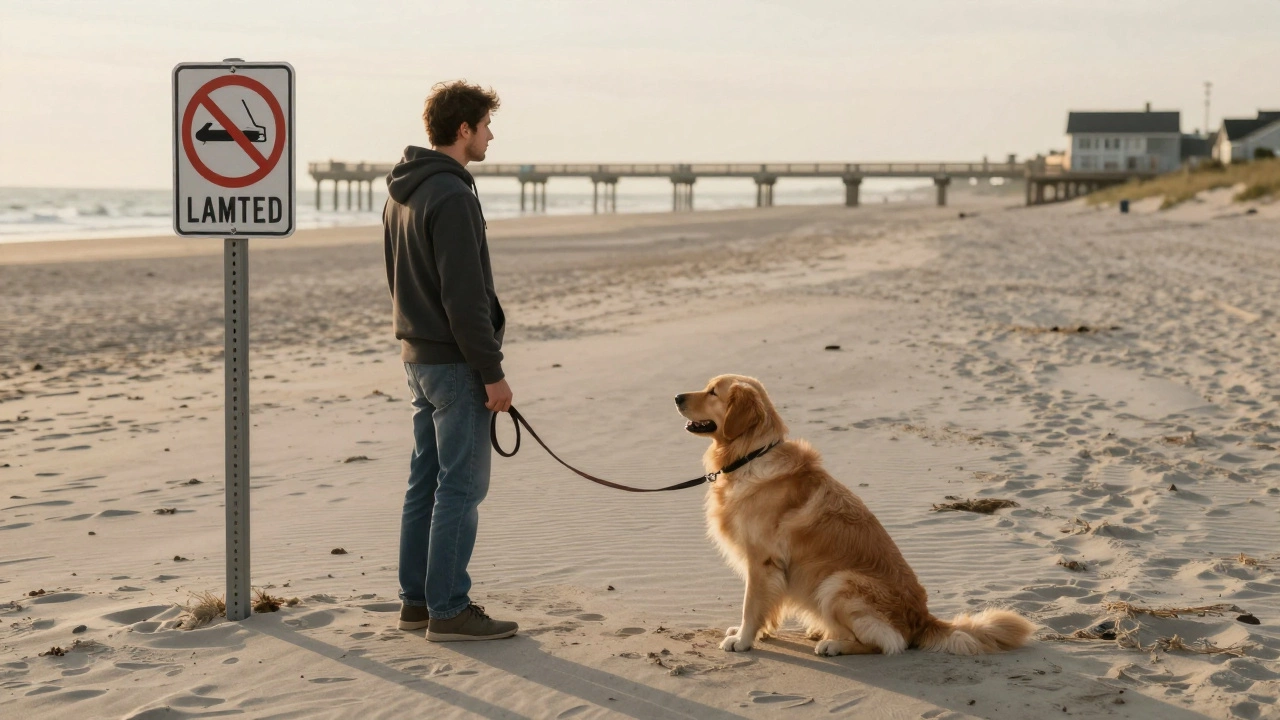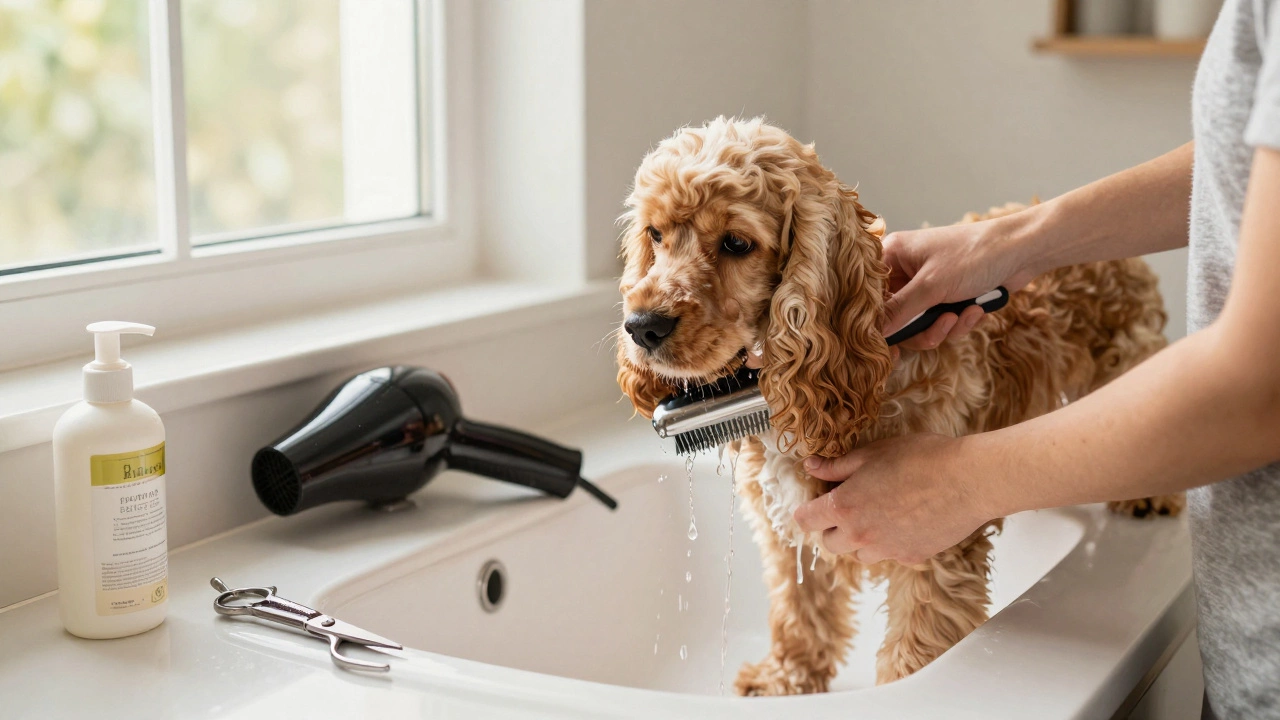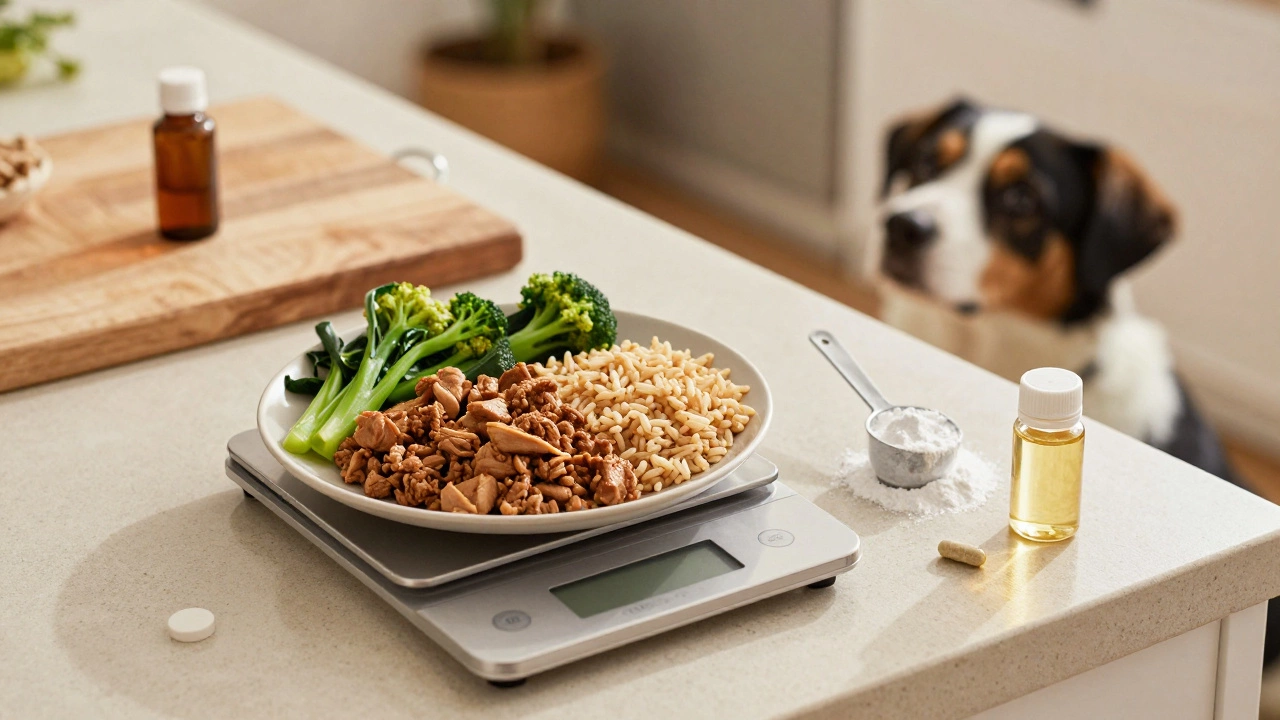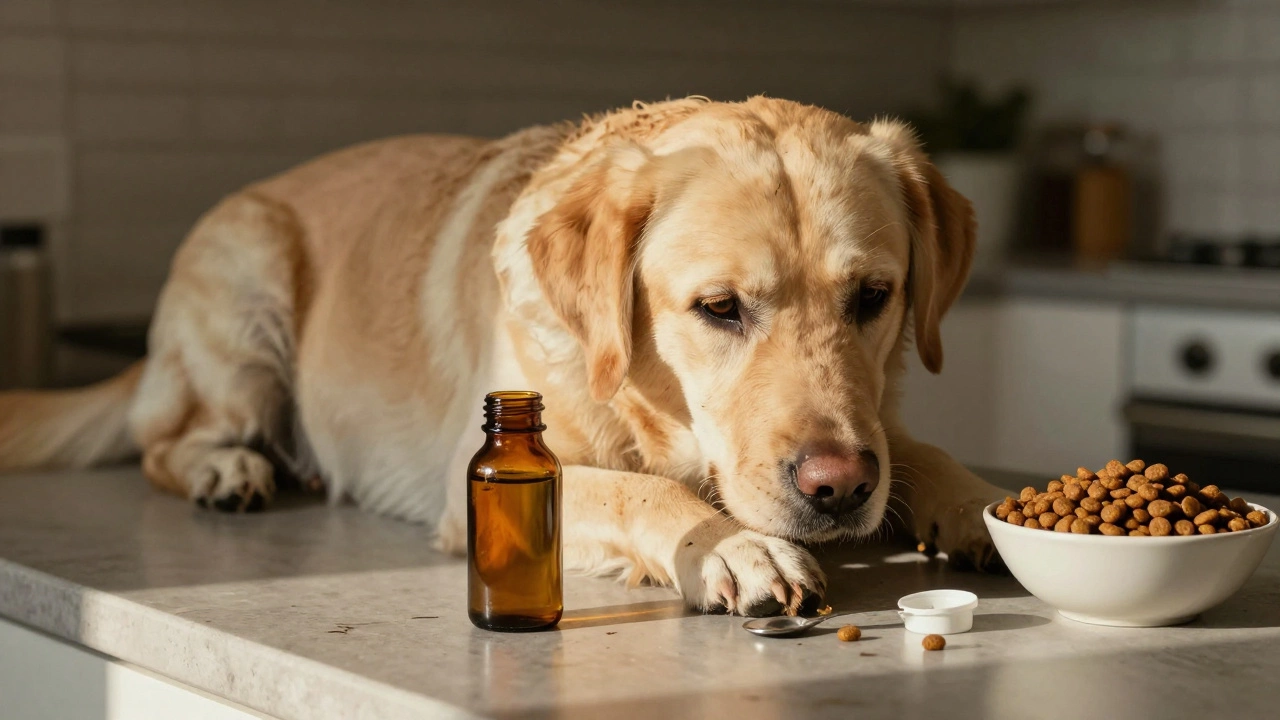Puppy Care: Essential Tips for New Owners
Got a new pup and feeling a bit overwhelmed? You’re not alone. The first few months are a mix of cute moments and growing pains, but the right basics can turn chaos into confidence. Below are the must‑know steps that will keep your puppy safe, happy, and learning fast.
Crate & Sleep Basics
Crates are more than a metal box – they become a cozy den when introduced the right way. Start by placing soft bedding, a favorite chew toy, and a treat inside. Let your puppy explore the crate with the door open; close it only for short, positive sessions. If your pup barks, resist the urge to shout. A calm voice and a brief pause are enough to show you’re in control without adding stress.
When it comes to sleeping, most puppies thrive with a consistent routine. A quiet corner, dim lighting, and a steady bedtime cue (like a short phrase) signal that it’s time to wind down. If you’re debating whether to let them sleep in your room, weigh the pros: reduced separation anxiety versus the habit of needing your presence to fall asleep. Many owners find a middle ground by keeping the crate near the bed for the first few weeks, then moving it to a quieter spot.
Health, Play and Behaviour
Potty training starts with watching the clock. Puppies have tiny bladders, so expect a bathroom break every two to three hours, plus right after meals and naps. Nighttime wakes are normal; a quick trip to the door won’t break the routine, but try not to make it a long play session.
Health issues can hide in plain sight. Wet puppy syndrome, for example, shows a soft, damp coat and lethargy – not normal fluff. If you notice those signs, call your vet fast. Regular vet checks, deworming, and vaccinations are the backbone of a healthy start.
Toys are not just for fun; they boost brain development and curb biting. For an 8‑week‑old pup, choose soft chew toys, rope knots, and interactive balls that are easy to grip. Rotate toys every few days to keep curiosity high. When your puppy bites, redirect the urge to a toy and praise the calm chew. Consistent redirection helps the habit fade by six months.
Finally, decide how to handle crying at night. Ignoring a brief whine can teach self‑soothing, but prolonged sobbing may signal stress or a need to go outside. A quick check, a calm reassurance, and then back to “sleep mode” usually does the trick. Remember, every pup is unique – adjust the plan as you learn what calms yours.
Bottom line: start with a safe crate, establish a steady potty rhythm, keep health checks on schedule, and give plenty of appropriate toys. Those simple steps will set the foundation for a well‑behaved, healthy dog that you’ll love for years to come.
What to Do With Your Puppy When You Go to Work
Learn how to keep your puppy safe, calm, and entertained while you're at work. From puppy toys to crate training and separation anxiety tips, this guide helps you build a routine that works for both you and your pup.
Will a Puppy Pee in a Crate at Night? Here’s What Really Happens
Most puppies can't hold their pee all night until they're 4-5 months old. Learn why accidents happen and how to train your puppy to sleep through the night without peeing in their crate.
Should You Turn the Light Off for Your Puppy at Night?
Should you turn the light off for your puppy at night? Learn how to help your puppy sleep safely and calmly by using the right kind of light-and when to turn it off for good.
What Is a Good Schedule for an 8-Week-Old Puppy?
A good schedule for an 8-week-old puppy includes feeding three times a day, frequent potty breaks, 18-20 hours of sleep, short training sessions, and calm socialization. Consistency builds confidence and prevents accidents.
What Is the First Thing to Train a Dog? Start With This Basic Skill
The first thing to train a dog isn't a trick-it's impulse control. Learn how to teach your dog to pause, wait, and respond calmly before moving on to sit, stay, or come.
Should You Leave a Puppy Alone on Its First Night?
Leaving a puppy alone on its first night can cause fear and long-term anxiety. Learn how to make the first night safe and calm without creating bad habits, and set the foundation for a confident, well-adjusted dog.
Hidden Truths About Getting a Puppy: What No One Tells You
Discover the hidden costs, sleep loss, training hurdles, and health tips no one mentions when getting a puppy, plus a practical first‑week checklist.
Best Spot to Keep an 8‑Week‑Old Puppy at Home
Learn how to safely set up a home space for an 8‑week‑old puppy, covering puppy‑proofing, confinement options, sleep area, bathroom training, temperature tips, and daily routine.
Crate Training a Puppy: Should You Ignore Barking or Listen?
Ever wondered if you should ignore your puppy barking in the crate? Find out if you’re helping or hurting crate training, and get real tips from real science.
Should You Let Your Puppy Sleep in Your Room? Pros, Cons & Real Owner Stories
Should you share your room with your new puppy? Get the facts, benefits, and expert-backed tips for room-sharing and how it shapes your pup's behavior.
Should I Shut the Crate Door When My Puppy Naps?
Wondering whether you should close the crate door when your puppy naps? This article breaks down the pros and cons of both options, straight from real-life experience. Get tips on making crate time safe and comfortable for your pup. Learn how your puppy’s personality, age, and routine all factor in. No fluff—just useful advice for new puppy parents trying to get it right.
Wet Puppy Syndrome: What Every Caregiver Needs to Know
Wet puppy syndrome makes many puppy owners worry at first sight. Puppies with this condition often look limp and have fur that feels thin and damp, not plush and fluffy. The syndrome isn’t a normal part of puppyhood—it’s an actual medical issue that needs attention. Find out what causes it, the signs to watch for, and the steps you can take to help your puppy recover and thrive. These tips will help you spot problems early and keep your puppy on the path to good health.

